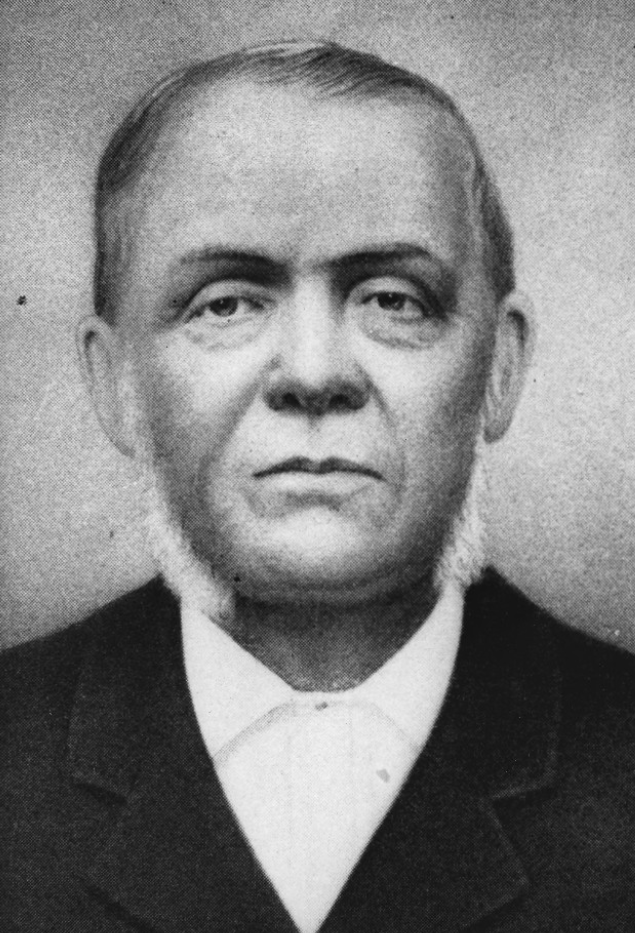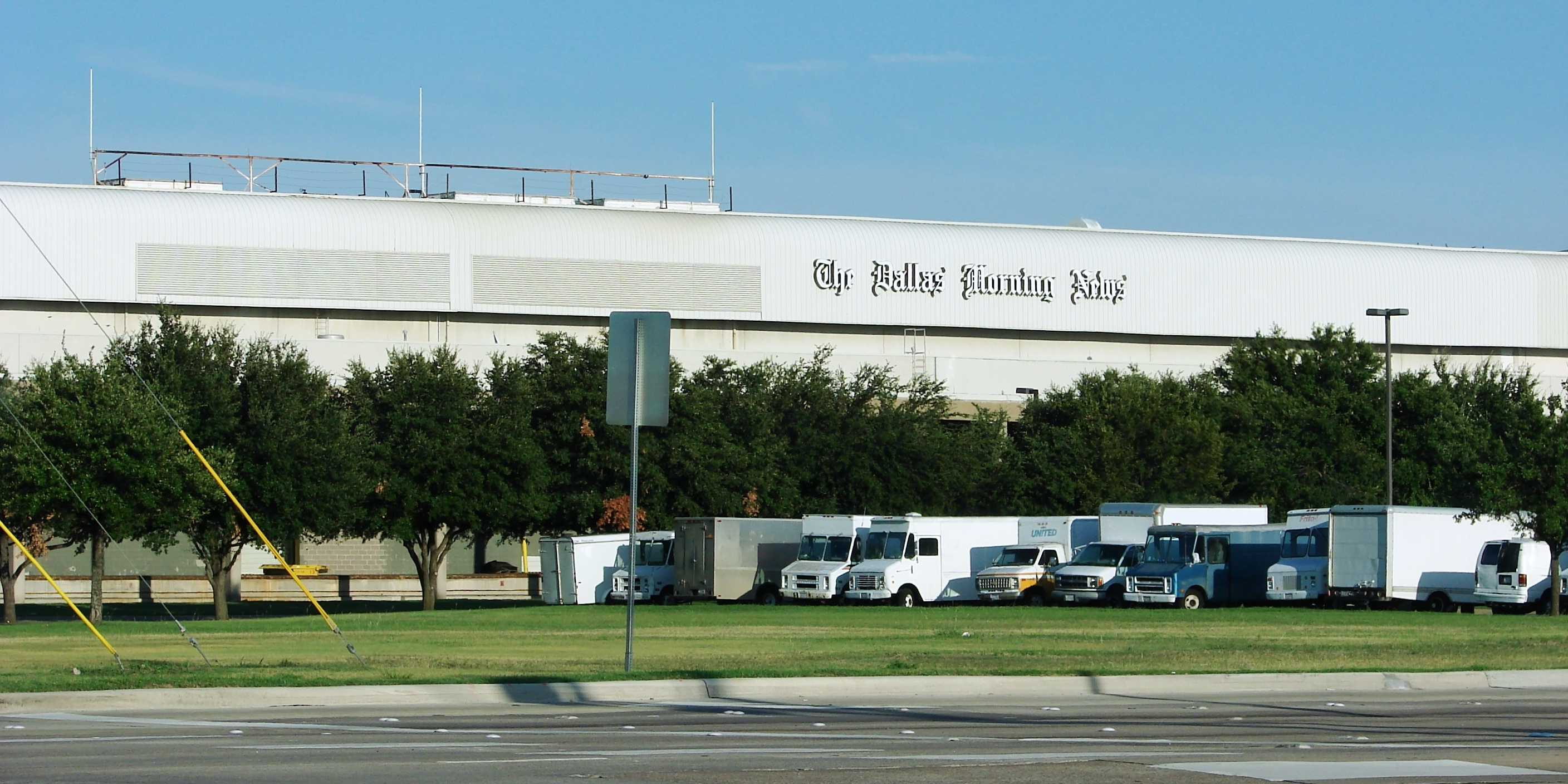|
Guppy Troup
John Douglas "Guppy" Troup (born 18 January 1950) is a ten-pin bowler who has competed professionally since the mid-1970s. During his career on the Professional Bowlers Association (PBA) Tour, he earned eight national titles, along with another 41 in PBA Regional Tour competitions. Career Troup was born on 18 January 1950 in Edinburgh, Scotland. At the age of 3, his family moved to the United States when his father began working at the University of South Carolina. Troup began bowling in his youth and chose his nickname at the age of 11 after becoming a member of The Guppies, a South Carolina team of youth bowlers that he captained. He later said, "We won a state title and we set a state record for juniors back then and it just stuck. I don't know why. I just started telling everybody to start calling me Guppy." In 1973, Troup turned professional, and joined the PBA Tour for the 1976 season. In his first two years on the tour, Troup had little success, and was unable to secure f ... [...More Info...] [...Related Items...] OR: [Wikipedia] [Google] [Baidu] |
Ten-pin Bowling
Ten-pin bowling is a type of bowling in which a bowler rolls a bowling ball down a wood or synthetic lane toward ten pins positioned evenly in four rows in an equilateral triangle. The objective is to knock down all ten pins on the first roll of the ball (a strike), or failing that, on the second roll (a spare). An approximately long ''approach'' area used by the bowler to impart speed and apply rotation to the ball ends in a ''foul line''. The , lane is bordered along its length by ''gutters'' (''channels'') that collect errant balls. The lane's long and narrow shape limits straight-line ball paths to angles that are smaller than optimum angles for achieving strikes; accordingly, bowlers impart side rotation to ''hook'' (curve) the ball into the pins to increase the likelihood of striking. Oil is applied to approximately the first two-thirds of the lane's length to allow a "skid" area for the ball before it encounters friction and hooks. The oil is applied in different len ... [...More Info...] [...Related Items...] OR: [Wikipedia] [Google] [Baidu] |
Anaheim
Anaheim ( ) is a city in northern Orange County, California, part of the Los Angeles metropolitan area. As of the 2020 United States Census, the city had a population of 346,824, making it the most populous city in Orange County, the 10th-most populous city in California, and the 56th-most populous city in the United States. Anaheim is the second-largest city in Orange County in terms of land area, and is known for being the home of the Disneyland Resort, the Anaheim Convention Center, and two major sports teams: the Los Angeles Angels baseball team and the Anaheim Ducks ice hockey club. Anaheim was founded by fifty German families in 1857 and incorporated as the second city in Los Angeles County on March 18, 1876; Orange County was split off from Los Angeles County in 1889. Anaheim remained largely an agricultural community until Disneyland opened in 1955. This led to the construction of several hotels and motels around the area, and residential districts in Anaheim so ... [...More Info...] [...Related Items...] OR: [Wikipedia] [Google] [Baidu] |
The Morning Call
''The Morning Call'' is a daily newspaper in Allentown, Pennsylvania. Founded in 1883, it is the second longest continuously published newspaper in the Lehigh Valley, after '' The Express-Times''. In 2020, the newspaper permanently closed its Allentown headquarters after allegedly failing to pay four months of rent and citing diminishing advertising revenues. The newspaper is owned by Alden Global Capital, a New York City-based hedge fund. History Founding and ownerships ''The Morning Call'' was founded in 1883. Its original name was ''The Critic''. Its original editor, owner and chief reporter was Samuel S. Woolever. The newspaper's first reporter was a Muhlenberg College senior, David A. Miller. The newspaper was subsequently acquired and owned by Charles Weiser, its editor, and Kirt W. DeBelle, its business manager. In 1894, the newspaper launched a reader contest, offering $5 in gold to a school boy or girl in Lehigh County who could guess the publication's new name. T ... [...More Info...] [...Related Items...] OR: [Wikipedia] [Google] [Baidu] |
The Seattle Times
''The Seattle Times'' is a daily newspaper serving Seattle, Washington, United States. It was founded in 1891 and has been owned by the Blethen family since 1896. ''The Seattle Times'' has the largest circulation of any newspaper in Washington state and the Pacific Northwest region. The Seattle Times Company, which is owned by the Blethen family, holds 50.5% of the paper. McClatchy company owns 49.5% of the paper. ''The Seattle Times'' had a longstanding rivalry with the '' Seattle Post-Intelligencer'' newspaper until the latter ceased publication in 2009. Copies are sold at $2 daily in King & adjacent counties (except Island, Thurston & other WA counties, $2.5) or $3 Sundays/Thanksgiving Day (except Island, Thurston & other WA counties, $4). Prices are higher outside Washington state. History ''The Seattle Times'' originated as the ''Seattle Press-Times'', a four-page newspaper founded in 1891 with a daily circulation of 3,500, which Maine teacher and attorney Alden J. Ble ... [...More Info...] [...Related Items...] OR: [Wikipedia] [Google] [Baidu] |
The Dallas Morning News
''The Dallas Morning News'' is a daily newspaper serving the Dallas–Fort Worth area of Texas, with an average print circulation of 65,369. It was founded on October 1, 1885 by Alfred Horatio Belo as a satellite publication of the ''The Galveston County Daily News, Galveston Daily News'', of Galveston, Texas. Historically, and to the present day, it is the most prominent newspaper in Dallas. Today it has one of the 20 largest paid circulations in the United States. Throughout the 1990s and as recently as 2010, the paper has won nine Pulitzer Prizes for reporting and photography, George Polk Awards for education reporting and regional reporting, and an Overseas Press Club award for photography. The company has its headquarters in downtown Dallas. History ''The Dallas Morning News'' was founded in 1885 as a spin-off of the ''Galveston Daily News'' by Alfred Horatio Belo. In 1926, the Belo family sold a majority interest in the paper to its longtime publisher, George Dealey. By ... [...More Info...] [...Related Items...] OR: [Wikipedia] [Google] [Baidu] |
Pittsburgh Press
''The Pittsburgh Press'' (formerly ''The Pittsburg Press'' and originally ''The Evening Penny Press'') was a major afternoon daily newspaper published in Pittsburgh, Pennsylvania, from 1884 to 1992. At one time, the ''Press'' was the second largest newspaper in Pennsylvania, behind only ''The Philadelphia Inquirer''. For four years starting in 2011, the brand was revived and applied to an afternoon online edition of the ''Pittsburgh Post-Gazette''. Early history The history of the ''Press'' traces back to an effort by Thomas J. Keenan Jr. to buy '' The Pittsburg Times'' newspaper, at which he was employed as city editor. Joining Keenan in his endeavor were reporter John S. Ritenour of the Pittsburgh ''Post'', Charles W. Houston of the city clerk's office, and U.S. Representative Thomas M. Bayne. After examining the ''Times'' and finding it in a poor state, the group changed course and decided to start a new penny paper in hopes that it would flourish in a local market full of t ... [...More Info...] [...Related Items...] OR: [Wikipedia] [Google] [Baidu] |
Columbus, Ohio
Columbus () is the state capital and the most populous city in the U.S. state of Ohio. With a 2020 census population of 905,748, it is the 14th-most populous city in the U.S., the second-most populous city in the Midwest, after Chicago, and the third-most populous state capital. Columbus is the county seat of Franklin County; it also extends into Delaware and Fairfield counties. It is the core city of the Columbus metropolitan area, which encompasses 10 counties in central Ohio. The metropolitan area had a population of 2,138,926 in 2020, making it the largest entirely in Ohio and 32nd-largest in the U.S. Columbus originated as numerous Native American settlements on the banks of the Scioto River. Franklinton, now a city neighborhood, was the first European settlement, laid out in 1797. The city was founded in 1812 at the confluence of the Scioto and Olentangy rivers, and laid out to become the state capital. The city was named for Italian explorer Christopher Colum ... [...More Info...] [...Related Items...] OR: [Wikipedia] [Google] [Baidu] |
Strike (bowling)
In bowling, a ''strike'' means that all of the pins have been knocked down on the first ball roll of a frame. On a bowling scoresheet, a strike is marked by an "X". In American nine-pin bowling Nine-pin bowling (also known as ninepin bowling, nine-pin, kegel, or kegeln) is a bowling game played primarily in Europe. European championships are held each year. In Europe overall, there are some 130,000 players. Nine-pin bowling lanes are m ..., a ringer is an equivalent term for knocking down all pins on the first ball of the frame (known as a ''full house''). Scoring When all ten pins are knocked down with the first ball roll (called a strike and typically rendered as an "X" on a score sheet), a player is awarded ten points, plus a bonus of whatever is scored with the next two rolls (not necessarily the next two frames). In this way, the points scored for the two rolls after the strike are counted twice. ::Frame 1, ball 1: 10 pins (strike) ::Frame 2, ball 1: 3 pins ::Frame 2 ... [...More Info...] [...Related Items...] OR: [Wikipedia] [Google] [Baidu] |
Bowling Pin
Bowling pins (historically also known as skittles or kegels) are the target of the bowling ball in various bowling games including tenpins, five-pins, duckpins and candlepins. Tenpins Pin specifications are set by the United States Bowling Congress (USBC). World Bowling, formerly World Tenpin Bowling Association, has adopted the USBC specifications. Pins are tall, wide at their widest point, and weigh ±. The first British made tenpin was by H Massil and sons who received the permit no.1 from the British Tenpin Bowling Association (BTBA) Duckpins and fivepins Duckpins are shorter and squatter than standard tenpins. Canadian fivepins are between duckpins and tenpins in size, but have a thick, inch-wide rubber band around the widest part of the pin to increase pin action when struck. Candlepins Candlepins are dissimilar to the others, being the tallest of all at 15-3/4 inches (40 cm), but only 2-15/16 inches wide and in weight, each pin nearly matching the maximu ... [...More Info...] [...Related Items...] OR: [Wikipedia] [Google] [Baidu] |
Mark Roth
Mark may refer to: Currency * Bosnia and Herzegovina convertible mark, the currency of Bosnia and Herzegovina * East German mark, the currency of the German Democratic Republic * Estonian mark, the currency of Estonia between 1918 and 1927 * Finnish markka ( sv, finsk mark, links=no), the currency of Finland from 1860 until 28 February 2002 * Mark (currency), a currency or unit of account in many nations * Polish mark ( pl, marka polska, links=no), the currency of the Kingdom of Poland and of the Republic of Poland between 1917 and 1924 German * Deutsche Mark, the official currency of West Germany from 1948 until 1990 and later the unified Germany from 1990 until 2002 * German gold mark, the currency used in the German Empire from 1873 to 1914 * German Papiermark, the German currency from 4 August 1914 * German rentenmark, a currency issued on 15 November 1923 to stop the hyperinflation of 1922 and 1923 in Weimar Germany * Lodz Ghetto mark, a special currency for Lodz Ghetto. ... [...More Info...] [...Related Items...] OR: [Wikipedia] [Google] [Baidu] |
Milwaukee Journal Sentinel
The ''Milwaukee Journal Sentinel'' is a daily morning broadsheet printed in Milwaukee, Wisconsin, where it is the primary newspaper. It is also the largest newspaper in the state of Wisconsin, where it is widely distributed. It is currently owned by the Gannett Company.Gannett Completes Acquisition of Journal Media Group . ''USA Today'', April 11, 2016. In early 2003, the ''Milwaukee Journal Sentinel'' began printing operations at a new printing facility in West Milwaukee. In September 2006, the ''Journal Sentinel'' announced it had "signed a five-year agreement to print the national edition of '' |
The Blade (Toledo)
''The Blade'', also known as the ''Toledo Blade'', is a newspaper in Toledo, Ohio published daily online and printed Thursday and Sunday by Block Communications. The newspaper was first published on December 19, 1835. Overview The first issue of what was then the ''Toledo Blade'' was printed on December 19, 1835. It has been published daily since 1848 and is the oldest continuously run business in Toledo. David Ross Locke gained national fame for the paper during the Civil War era by writing under the pen name Petroleum V. Nasby. Under this name, he wrote satires ranging on topics from slavery, to the Civil War, to temperance. President Abraham Lincoln was fond of the Nasby satires and sometimes quoted them. In 1867 Locke bought the ''Toledo Blade''. The paper dropped "Toledo" from its masthead in 1960. In 2004 ''The Blade'' won the Pulitzer Prize for Investigative Reporting with a series of stories entitled "Buried Secrets, Brutal Truths". The story brought to light the s ... [...More Info...] [...Related Items...] OR: [Wikipedia] [Google] [Baidu] |


.jpg)





